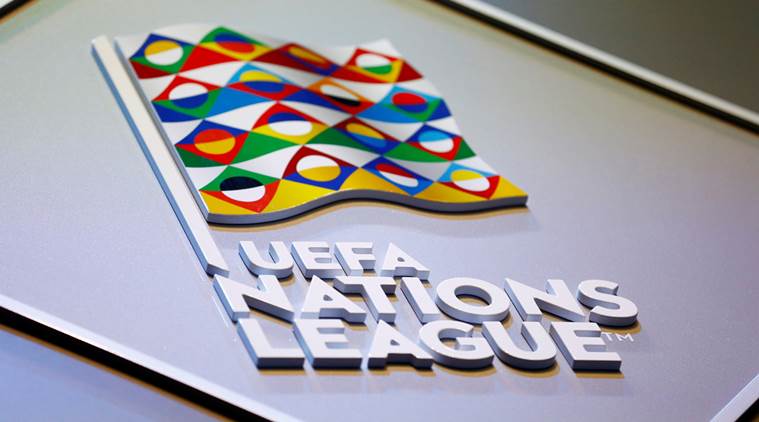 The Nations League is aimed at giving more context to international friendlies. (Source: Reuters)
The Nations League is aimed at giving more context to international friendlies. (Source: Reuters)
The inaugural UEFA Nations League starts on September 6 with the first match being between Kazakhstan and Georgia. The league involves all 55 of UEFA’s member states and will be played across the months of September, October and November, 2018 while a UEFA Nations League Final will be played in June 2019. The tournament gives context to international friendlies and it also partially contributes to the process of qualification for the 2020 Euros. The tournament’s structure can get confusing with England’s Harry Maguire admitting that his teammates are a bit baffled.
What is the structure of the league?
The 55 nations of the league are divided into four leagues or four tiers – A, B, C and D. The hierarchy of the league is according to alphabetical order with A being the top-most tier and D being the lowest. Each league is divided into four groups. In leagues A and B, there are three teams per group. Group 1 of League C has three teams while the rest have four and League D groups all have four teams each.
The top placed teams in the groups of leagues B, C and D are promoted to the next higher tier while the bottom-placed sides are relegated to the lower tier. The top placed teams in league A take part in a playoff – which is the UEFA Nations League final – that will be held in June 2019.
 The Leagues and groups that constitute the UEFA Nations League.
The Leagues and groups that constitute the UEFA Nations League.
How does it affect Euro 2020 qualification?
Qualifiers for Euro 2020 will get underway from March 2019. Automatic qualification to the final tournament has been disabled and from now 20 of the 24 spots will be up for grabs in the regular qualifiers. Teams that miss out on qualification through that route, can make it to the final four spots on the basis of their positions in their respective group i.e., if they are the highest placed side in their group, they will get a spot in the Euros.